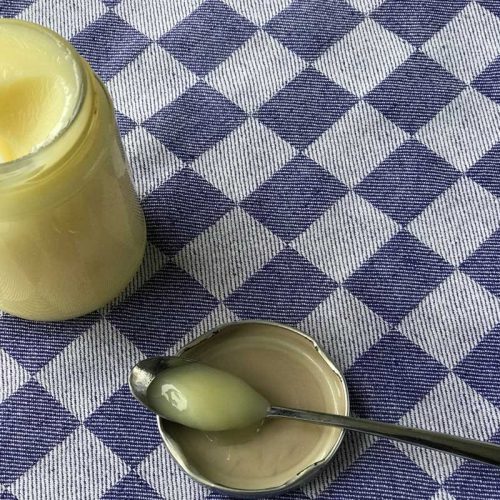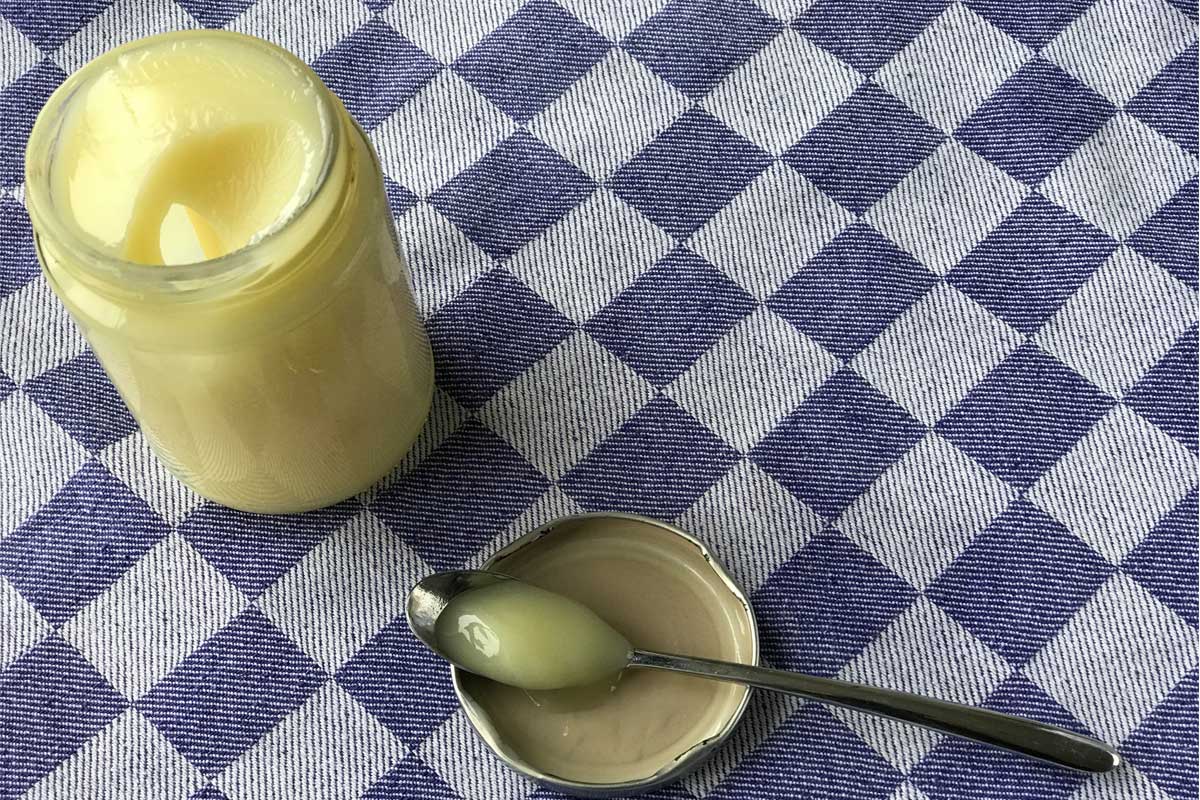Fat from duck and goose skin – background
Chefs use fat from duck or goose skin for culinary purposes as these are stable fats and can be re-used. Therefore they make wonderful fried potatoes and other delicacies. Goose fat is fairly liquid at room temperature. But duck fat needs a few degrees higher to melt (as it contains slightly more saturated fats than goose fat). The fatty acid compositions among goose fat, duck fat and olive oil are quite similar, as may appear from Fig 3 in the Knowledge section on Fats.
The average fat content of a domesticated duck or goose ranges between 25 and 40%. But for a wild duck or goose this may be only half of that. And most of that fat is concentrated immediately under the skin. This helps to insulate the body from the cold water. The fat functions also as food reserve, enabling long treks.
The art of rendering fat from duck or goose skin
When you butcher a dead and an already de-feathered duck or goose yourself this is a great activity. You will usually cut out the duck breasts, and the legs. The remaining part of the skin is usually very suitable to render fat from. The carcass and neck makes excellent duck or goose broth, from which you can make a great soup or ragout.
For rendering fat, slice the skin in inch-size pieces. First cover with water to heat up all pieces to 212 F (100 C). Then when the water has evaporated, temperature will increase and more fat will be released. A simple filtration step by a sieve will be enough. The remaining skin bits are a delicious snack when still warm with some salt. Store the rendered fats for a year in the refrigerator or longer in the freezer. They are wonderful to create crisp and delicious roast potatoes, among others.
Special equipment
- heavy bottomed skillet
- mesh filter or metal sieve
- (metal) funnel

Rendering fat from duck or goose skin.
Ingredients
Ingredients
- skin of a duck or goose
Instructions
Instructions
- Slice the duck or goose skin in square inch parts and put them in a flat pan with a heavy bottom
- Add a half cup of water and heat the pan on medium heat
- Now and then turn or stir the skin pieces. Continue with this process, until all the water is evaporated/cooked off. At that time continue to heat for a while and then poor the oil contents over a fine mesh sieve in a jar, keeping the skin pieces separate
- Let the oil cool down and thereafter place the very light yellow colored molten duck fat in the refrigerator
- Meanwhile continue to heat what remains of the skin pieces at a slightly higher heat: more, darker fat will be rendered, which can also be used, but has some smell and the remaining crisp ‘fritons de canard’ are delicious when lightly salted. The whole process takes a full hour.
Notes
Remarks
- for goose fat or pig fat, a similar procedure is followed



